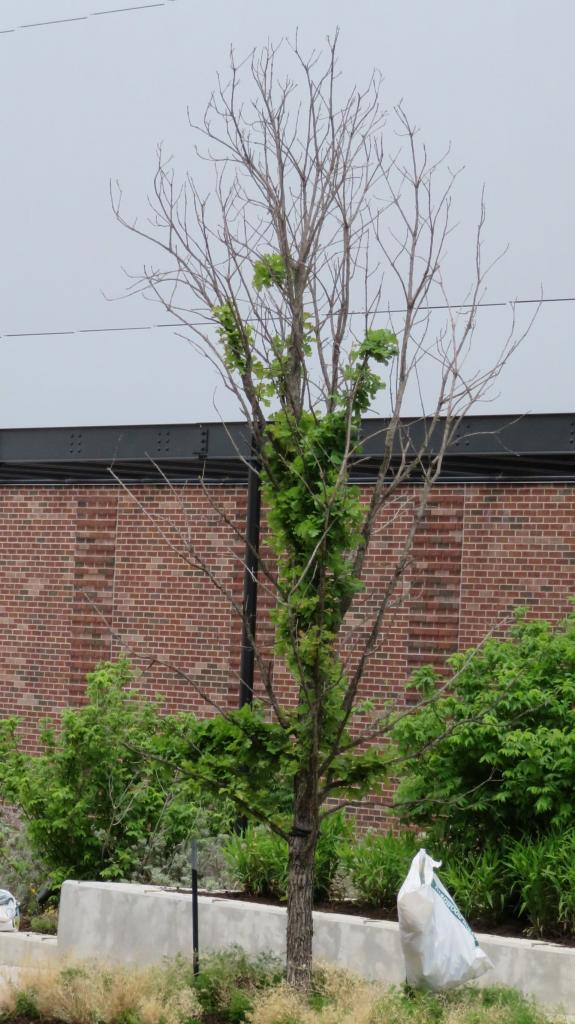
Do you describe your house as a little house in the woods? Does your house back up to a greenbelt or natural area? If you answered yes, or even sort of, then it’s time to get Firewise. A big part of making your property and our community Firewise is for each of us to learn more about how fires get started and travel, how best to prevent them from spreading, and by having a plan in place if there is a wildfire in your area. Through risk assessment, education, demonstration projects, and planning, we can all become…

In the summer, bugs become pests when they start to attack our plants. Unfortunately for our friendly bugs, it's common practice to indiscriminately kill all bugs, even when they're actually beneficial. Sorry pollinators, fireflies, and lady bugs! So when a bug does cause a problem, using the lowest impact way to try to manage it makes sense for our friendly bugs, the ecological health of our landscapes, and our water quality.
Prevention
- Plant a diversity of species markin…

Have you noticed that it is hotter in the city than out in the country? Urban centers, abundant with concrete and dark materials, absorb and then radiate heat back into the air late into the night. You may have noticed that rural areas surrounding Austin tend to be significantly cooler! This phenomenon is known as the urban heat island effect, and the extra heat we experience in our cities can be a serious problem for our health, the environment, and our energy use.
…
This small tree might survive, but the wiser choice may be to replace it with a new, healthy specimen.
Tree damage from Winter Storm Uri, a major freeze that hit Texas in February 2021, is still visible all around Austin. Trees that had begun growing new spring leaves were hit the hardest. Species showing significant damage included huisache, red oak, crape myrtle, and lac…

What is ball moss?
Ball moss is a small epiphyte commonly found clinging to limbs of live oaks and other trees in southwest Texas. Ball moss is not a moss, but a true plant with flowers and seeds. It is a member of the bromeliad family, which also contains Spanish moss and pineapple. Epiphytes are plants that attach themselves to limbs, tree trunks, power lines, fences, and many other structures with pseudo-roots. Unlike true roots, they do not absorb water and minerals; they mer…
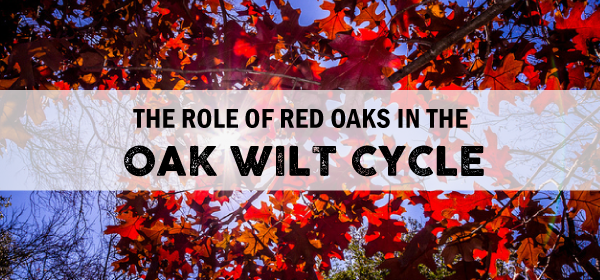
Healthy red oaks change leaf color in autumn in Central Texas. Image Credit: Bill Oriani, Flickr
Oak wilt is one of the most destructive tree diseases in the United States, and it is killing oak trees in central Texas at epidemic proportions. We’ve covered an introduction to oak wilt in our Oak Wilt 101 article. Now we take a deeper dive into the topic of…
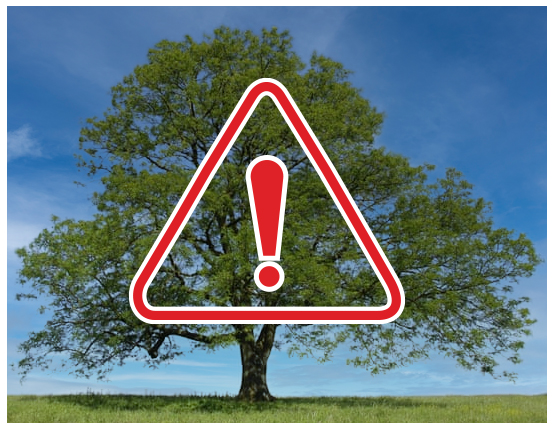 Alert! Tree emergency!
Alert! Tree emergency!
You may have seen our recent posts where we warned you about an invasive insect, Emerald Ash Borer (EAB). This pest could kill all our ash trees within a few years, so we need to prepare now! In the earlier posts, we encouraged you to help us find Ash trees and map them using …
Trees provide important benefits to our community and are difficult to replace. It is important to keep them healthy. Perhaps the biggest challenge facing Austin trees is lack of water. When trees don’t receive the water that they need for a long period of time, they become stressed. Stressed trees are more prone to pests or diseases, and this leads to their decline and death.
When to water
Most trees need to be watered if we have not received at least one inch of rain for one week. This varies with tree age, tree species, and the type of soil. In west Austin, the soil layer is thin and loses moisture quickly. In many parts of east Austin, the soil has…
“Hackberry? That’s a trash tree.” Most of us in Central Texas have probably heard someone say this at least a couple of times. Few species of tree are hated as much as the lowly hackberry. But is this justified? Let’s take a closer look at one of our most prolific native species.
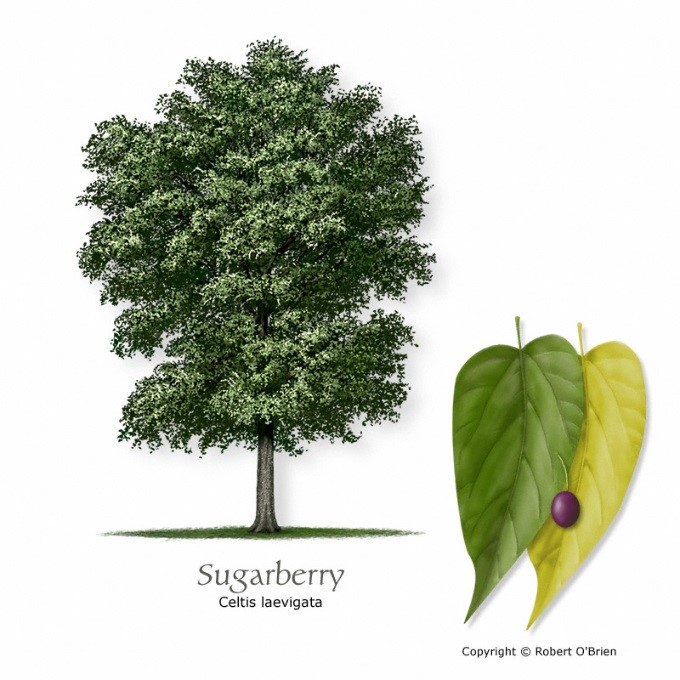
Hackberries are in the Genus Celtis. The name “Hackberry” is derived from Scottish “Hagberry,” or “Bird Cherry.” There are nearly 70 species worldwide. Common names include beaverwood, nettlewood, and sugar hackberry. In the Austi…
How Tree Roots Work Part I | How Tree Roots Work Part III: Mycorrhizae
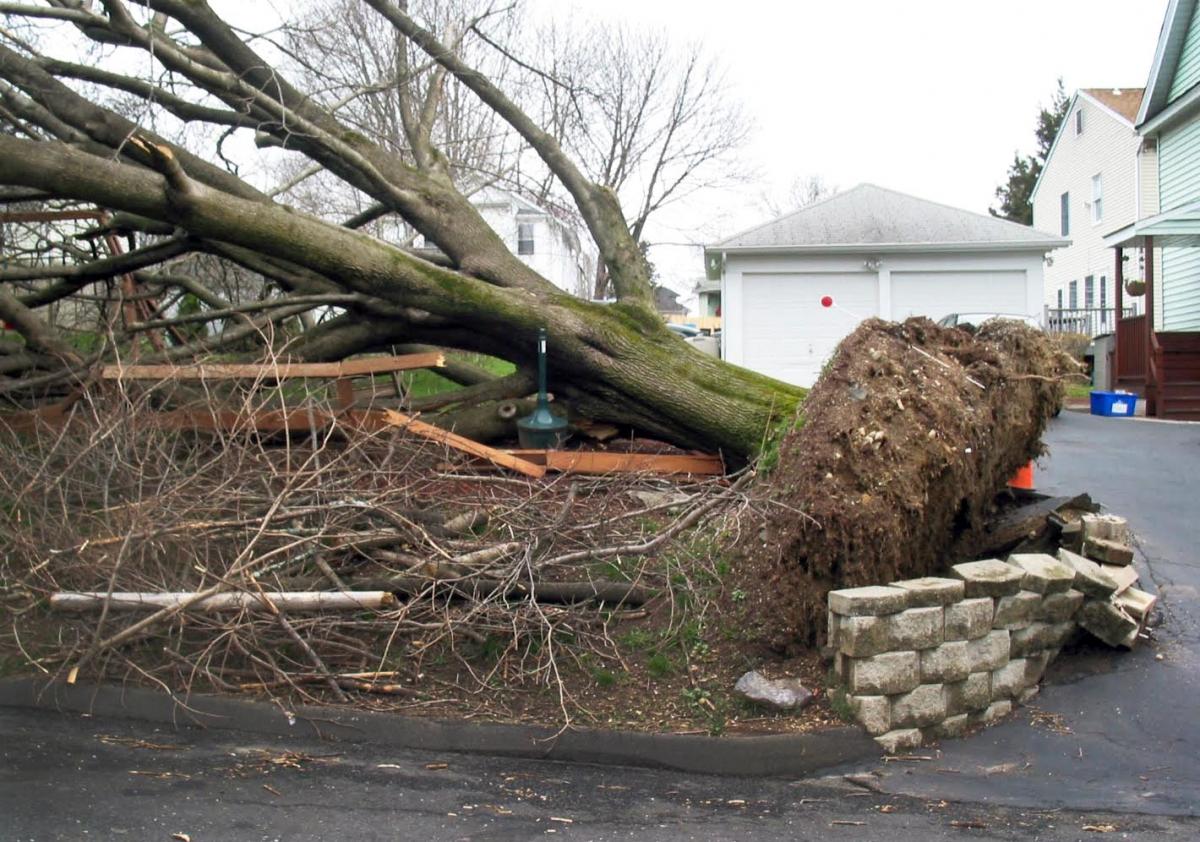
Image Courtesy of the International Society of Arboriculture.

